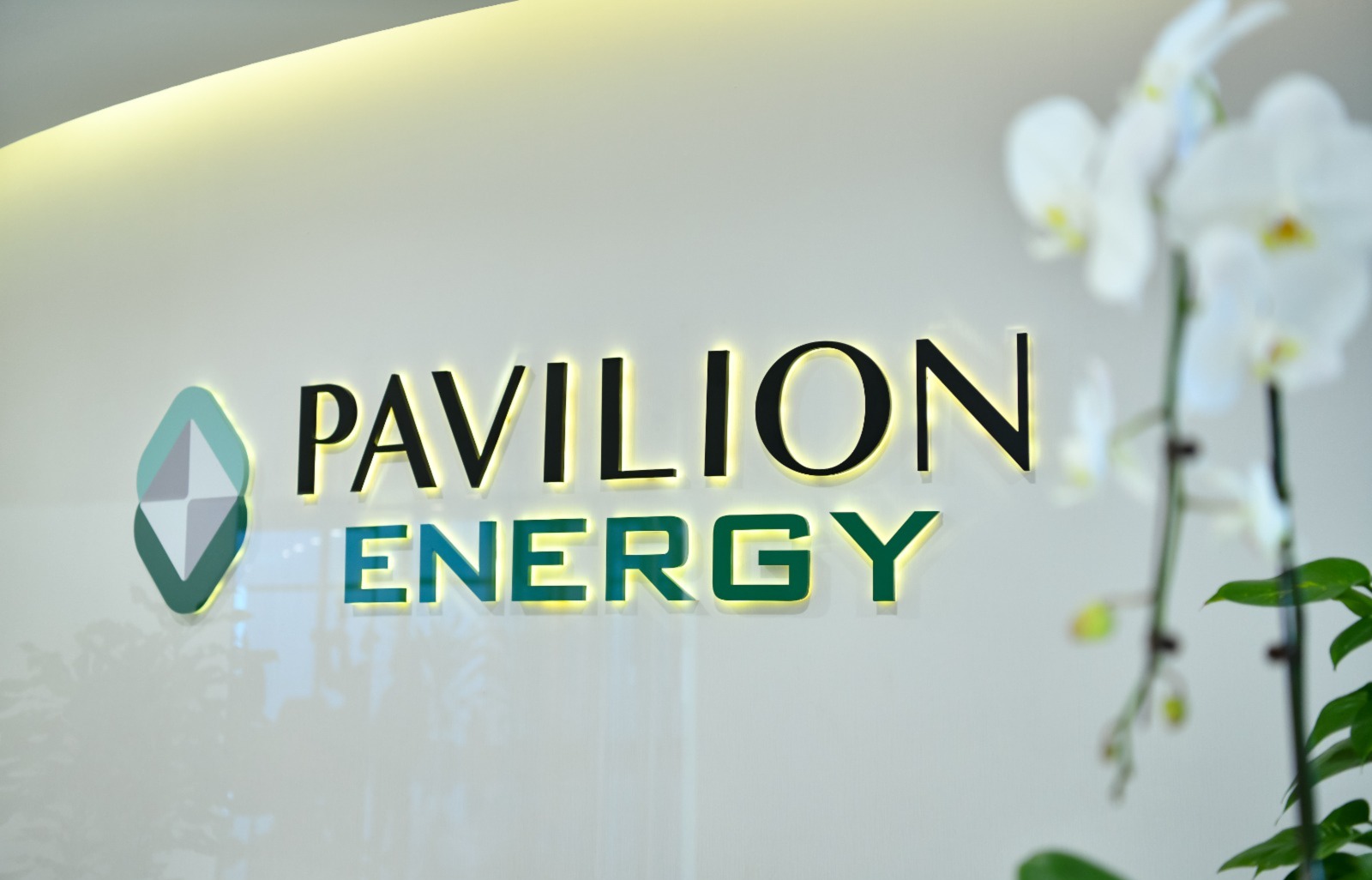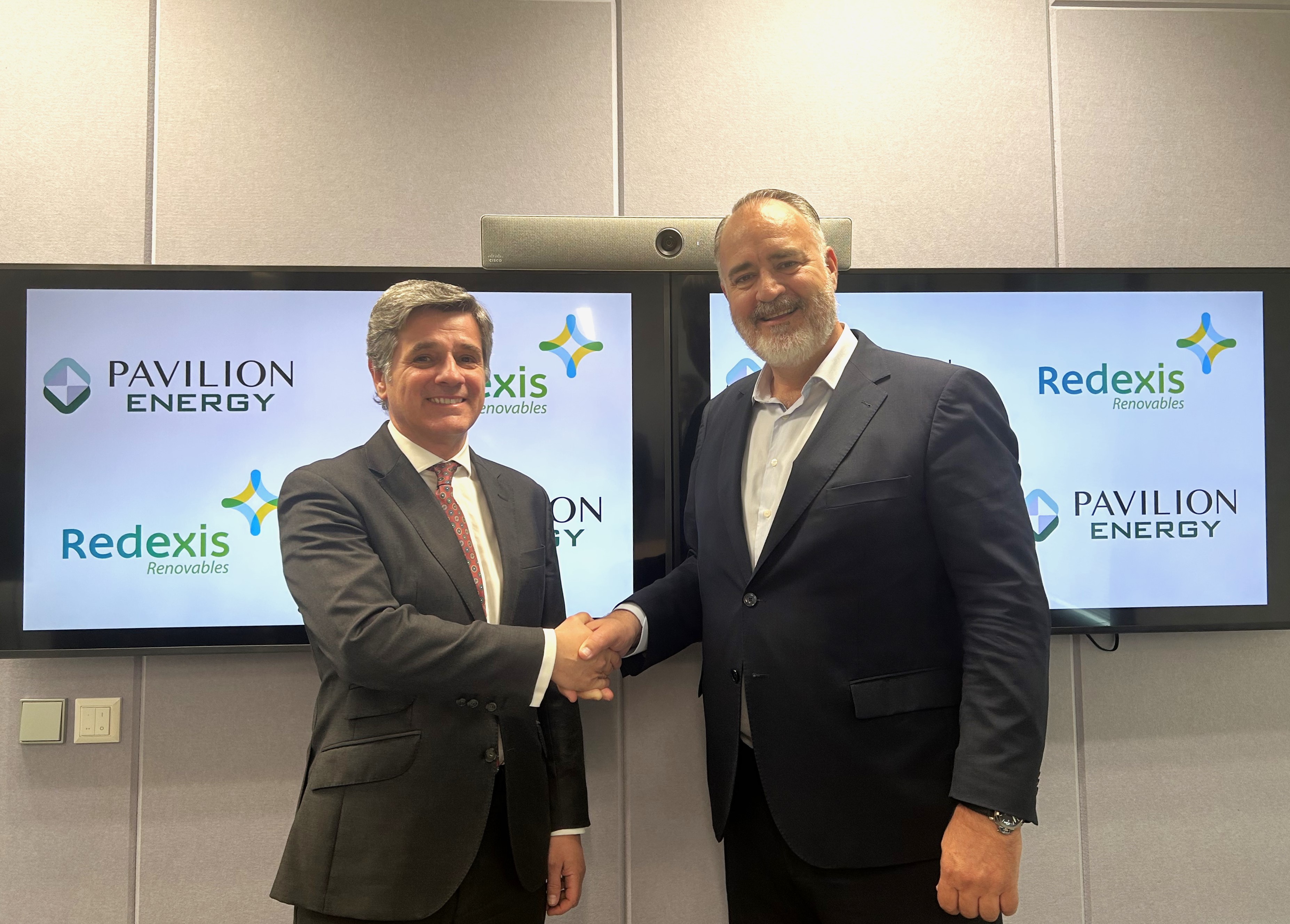Ministers,
Excellencies,
Distinguished guests,
It’s a pleasure to be here at the Singapore International Energy Week. My thanks to the Energy Market Authority (EMA) for putting together this platform for an industry discussion at a very interesting moment.
This time last year, JKM, the Asian benchmark for spot LNG was around US$6/MMBtu. Last week, JKM December was trading around US$35/MMBtu, more than 500% higher than a year ago. In recent weeks, the European gas benchmark, TTF hit a high of more than €160/MWh while JKM was as high as US$50/MMBtu. These prices are equivalent to crude oil prices at above US$200/bbl., which is a level not seen before. And we have just entered the winter months which usually brings about higher prices.
This price volatility of natural gas is not normal. The gas and LNG industry has historically done a very good job at bringing in the cleanest hydrocarbon fuel at an affordable price.
Aside from geopolitics, there were several reasons behind this surge; LNG plant outages, some as a consequence of COVID delayed maintenance, lower output of wind and hydropower in Europe and Brazil respectively; the post-pandemic economic recovery, low gas storage and importantly, an increase in gas use as we move towards cleaner fuels.
While this has impacted the marginal cost of short-term gas, thankfully many customers in Asia, including in Singapore, have term oil-linked contracts. And as such, the benefit of lower gas prices between US$10-12/MMBtu. Many customers in Europe, unfortunately, have had to pay much higher gas prices during this period.
I would like to offer two observations:
Interconnectedness of Markets and Dependencies
The first is that the recent turmoil in global energy prices highlights how interconnected global energy systems are, and how volatile it can be.
The interplay between the availability and prices of clean energy, gas, coal, power and emissions has resulted in a constantly changing energy mix and heightened the volatility. In Europe, we witnessed how low wind power led to increase gas use, lower than normal gas storage and subsequently higher prices which interesting led to more coal use and higher emissions prices to compensate for the use of coal.
As a result, oil and coal demand has been boosted, especially with expectations for a cold winter ahead. High gas prices have further led to the closure of fertiliser plants in the UK and building materials factories in Europe. Together with the anticipated increase in logistics cost, there will be consequent impacts on the global food supply chain, building materials and eventually prices.
As Singapore diversifies its sources of energy through deployment of solar, importation of power and gas from a variety of sources, we become more connected to the global energy systems and will have to manage variables that could impact the stability and affordability of our energy supply.
A Responsible Energy Transition
The second observation is that the situation has revealed the challenges of energy transition.
We have built a system of energy production (be it gas, oil or coal), processing (liquefaction plants, refineries), storage and transportation over decades. That system has served us well. However, these systems need to remain resilient even as we make the necessary energy transition.
Even as attention and investments pour into renewables and carbon abatement technology, we must balance this with continued development and support of the use of natural gas. At least until such time that renewables are ready to play a greater and more stable role in our energy mix.
Recently, we saw how countries have reverted to coal and oil-fired generation to avoid the high price of gas. It is estimated that global coal use has increased by 20% in 2021. This is particularly important in developing markets where energy needs to be not just reliable but also affordable.
In the short term, the priority is for us as an industry is to create more coal-to-gas switching and allow gas-fired generation to integrate with renewables. Pavilion Energy believes this way would help lower carbon emissions while ushering these markets onto a greener pathway.
The direction towards cleaner and greener energy future is clear. But the transition requires a balanced and measured approach. This approach needs to minimise huge volatility in the energy markets, which may have the unintended consequence of retarding the adoption of clean energy.
Singapore Market & Pavilion Energy
Against this challenging backdrop, the Singapore energy market has remained reasonably robust and well-served. In recent weeks, we have seen aberrations to what has been, traditionally a very stable market. But I am confident that the Energy Market Authority will work with the industry to address these challenges.
As a supplier of both piped natural gas from Indonesia and LNG into Singapore, Pavilion Energy has been supplying more than a third of the nation’s natural gas requirements. During the pandemic and even now, we have kept gas supplies flowing reliably into Singapore.
We are currently working closely with EMA and our customers to ensure that their domestic requirements continue to be well-supplied so that they can continue to bring reliable energy to the masses.
Natural gas – as the cleanest burning fossil fuel, with strong availability, reliability and a very established infrastructure, has earned its seat at the table. It is best placed to continue to serve as a baseload supply and deal with intermittency issues that arise from cleaner, but sometimes less stable energy sources.
Gas and LNG are a key part of the energy transition, but we are not stopping there. Pavilion Energy is committed to finding ways to ensure that the LNG we supply to our customers can be as clean as possible.
- In April this year, Pavilion Energy imported Singapore’s first carbon neutral LNG cargo. With high quality carbon offsets, we can supply carbon neutral LNG and allow market forces to recognise the costs of emissions and drive improvements across the LNG value chain.
- Additionally, Pavilion Energy has commitments with three major LNG suppliers to develop a GHG methodology for LNG cargoes supplied to Pavilion Energy in Singapore. The outcome would be a statement of GHG emissions accompanying each cargo delivered into Singapore.
The transparency around emissions will pave the way to helping us decarbonise along the value chain and contribute to a lower carbon future. We look forward to sharing this methodology with the industry in the coming weeks.
- Pavilion Energy is also committed to transition to become a merchant of cleaner fuels. Today, we help our customers with gas and LNG be it into the industrial or marine sector. Going forward, we will be progressing into areas like ammonia and hydrogen as the technology evolves to ensure we stay relevant in the transition process in Singapore.
Conclusion
In conclusion, as energy systems become more interconnected both physically and through markets, we can expect more variability and increased volatility. Energy players working with regulatory authorities will have to be extra vigilant in managing the energy transition. So even as we look towards a future of clean energy, we should not lose focus on the current systems that provide stable, reliable and affordable energy.
Our goal as an industry must be to pursue our environmental targets in a responsible way, while safeguarding the resiliency of our energy supply. This is a marathon, not a sprint. We look forward to progressing with you, towards a cleaner, brighter future.
Thank you.






